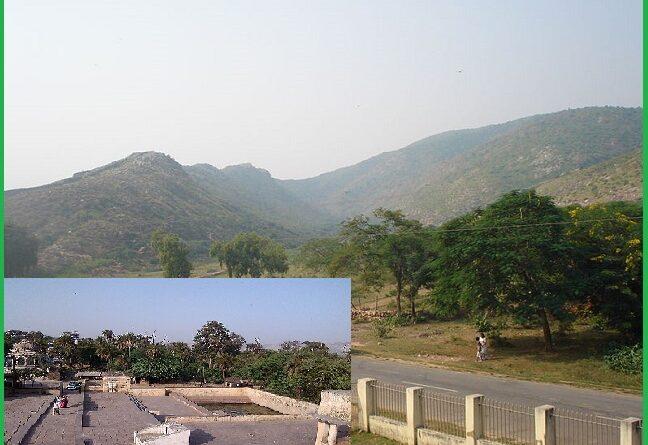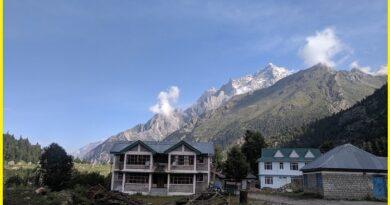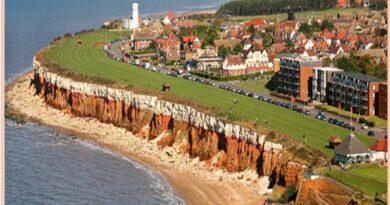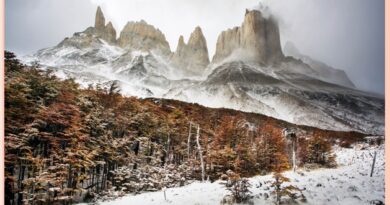Rajgir Hot Springs: Geotourism to a Beautiful and Therapeutic Oasis
Rajgir Hot Springs are the sacred natural water springs in Rajgir, Bihar. Situated at the foot of Vaibhar Hill, Hot Springs are one of the most popular tourist attractions of Rajgir. There are around seven Hot Springs in Rajgir which are considered to be sacred places for Hinduism, Buddhism, and Jainism. It is one of the popular hot water springs in Bihar and among the prominent places of pilgrimage in Rajgir. The water comes from the 7 streams known as Saptadhara that are believed to originate from the Saptaparni Caves at the top of the hill. The Brahmakund Spring is regarded as the most sacred one as well as the hottest one with a temperature of around 45 degrees Celsius. The Hot Springs are also known for their medicinal values which help to cure many skin diseases.
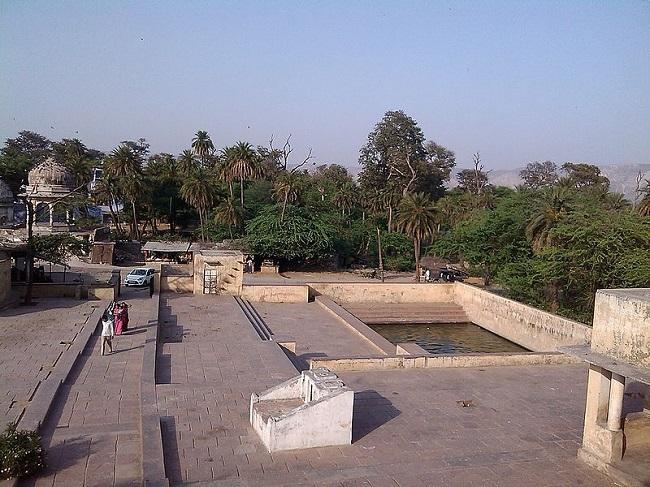
The geology around the Rajgir Hot spring
In the Rajgir area, these springs emerge from the fracture and joint planes of Precambrian quartzite and phyllite. The base temperature of the aquifer was estimated to be 100 degrees celsius. Many geothermal maps show the existence of four springs in the vicinity of Rajgir but on the ground, they are visible in nearly 16 numbers.
The city is divided into plains and hills. Five hills i.e.Vaibhara, Vipula, Ratnagiri, Sona, and Udaygiri, run in two broad parallel ranges transacted by the road (NH- 82) linking the city to Gaya andNawada. On the eastern side of the road, there are three hills parallel to each other, namelyVipula, Ratnagiri, and Sona from north to south respectively. The maximum elevation of hills at Rajgir is around 338 m above mean sea level. Overall, the region is high around hills on the southern side and further reduces northward to an almost plain surface. Vaibhar and Vipula hills, connected in a line mark the existence of hot springs.
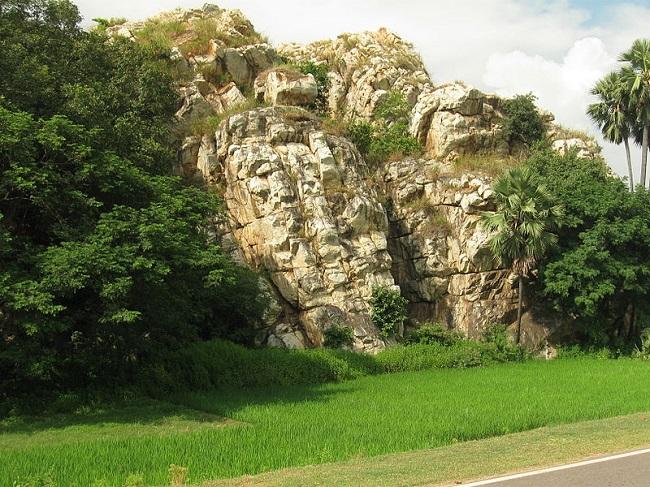
What is Hot Spring
Hot springs are circulating groundwater of surface origin heated and augmented by steam originally in a superheated state rising from an underlying magma through deep cracks in the earth’s crust. They are Groundwater heated by magmatic vapor worldwide, the springs have been located at the foothills of great mountains. They are located within active volcanic environments. In India, most of them have been found in the Himalayan belt and areas transversed by faults. The high temperature of these spring water is due to the geothermal energy, exothermal reaction, and disintegration of radioactive elements. Springs have been a source of water for human utilization since time immemorial. They are the source of many large rivers around the globe.
What to see in Rajgir Hot Springs
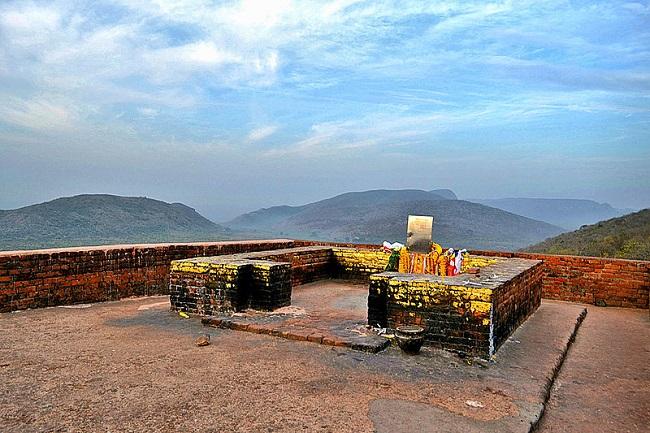
The journey to Rajgir Hot Springs
The Son Bhandar caves
The Son Bhandar caves are two rock-cut caves that are located at the foot of the Vaibhar Hills Rajgir. The caves were excavated in the cliff of the hillock during the 3rd and 4th century AD. Inscriptions found inside one of the caves narrate that the caves were constructed by the Jain saint Muni Vairadevi as an abode for the Jain ascetics. The Son Bhandar cave chambers are polished, which makes it one of the unique and rare cave temples in the country to have this feature. The cave resembles an early Mauryan rock-cut sanctuary, which further increases the mysteriousness of the age of the caves.
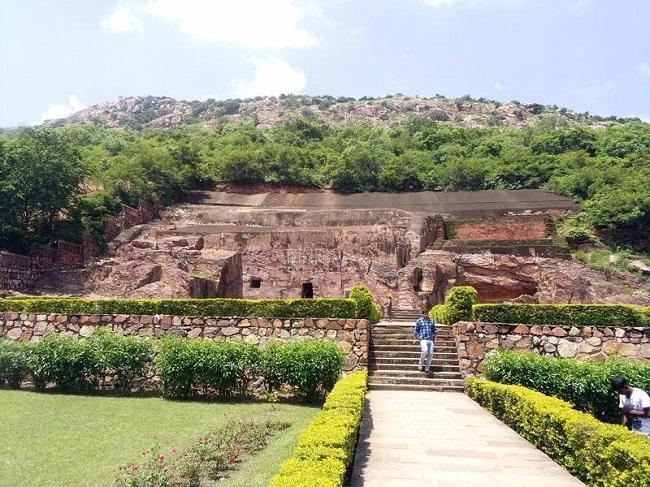
Jarashandh Ka Akhara
Magadh’s great king Jarasandha’s capital was Grivarj which is known as Rajgir today. Jarasandh ka akhara is a battlefield in the Rajgir. It derives its name from the name of Magadh emperor Jarasandha. The battlefield is symbolic of the war between Bhima and King Jarasandh. According to the Mahabharata, this is where Bhima fought Jarasandha and Bhima apart Jarasandha’s body into two and threw in two opposite directions to prevent it from re-joining hence Jarasandha was killed successfully in the process.
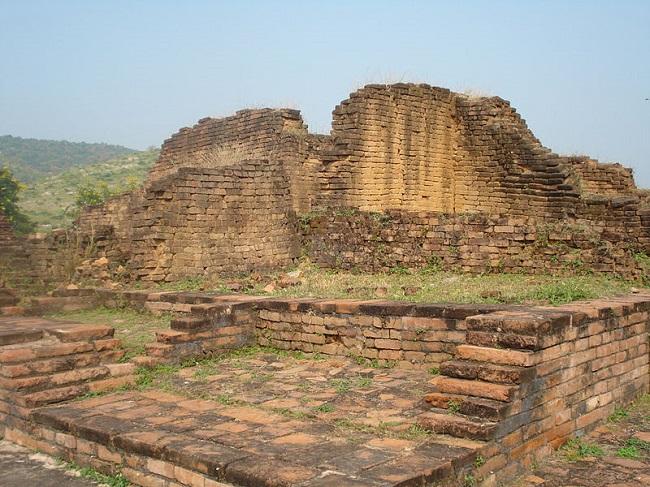
Rajgir Hot Springs: A relaxing getaway
